Many drivers get by without upgrading certain auto parts, mainly because they stick to their vehicle’s preventive maintenance schedule.
Still, brake systems have room for improvement with the help of certain upgrades.
If you want to elevate your vehicle’s performance, you might want to look into your daily driver’s braking system.
Swapping out stock brake parts with performance-ready upgrades can contribute to how well your car responds to the pedal, taking your overall driving experience to new heights.
Drilled or Slotted Rotors
Holes and slots in brake rotors or discs can help reduce hot temperatures produced during braking activities.
These empty spaces help air flow through the vanes, dropping overall temperature by as much as 180 degrees.
Drilled Rotors
Drilled rotors are relatively lightweight and have exceptional heat management properties. This rotor type also resists brake fade very well and significantly adds to your vehicle’s aesthetic appeal.
One downside to drilled rotors, however, is that they can crack under extremely high temperatures.
Slotted Rotors
Slotted rotors are known to maintain more friction surface area. The cutting edge on this rotor also contributes to strengthening the initial grip on the brake pads for optimum stopping power.
Like drilled rotors, slotted rotors resist fade longer than regular rotors and are well-suited for performance driving conditions.
Average Price Range: $100-$250
Recommended Brands:
Performance Brake Pads
Brake pads come in various types, some better suited for high-performance conditions than others.
Organic
Organic brake pads, also known as non-asbestos organic (NAO) brake pads, are made from a mix of fibers, rubber, and resin. These materials contribute to noise reduction when braking.
Organic brake pads are softer than other pad types, so they’re less likely to cause brake rotors to wear prematurely.
This type is also the most affordable and best used for everyday driving, but it’s the fastest type to wear out and isn’t suitable for high-performance driving.
Semi-Metallic
Semi-metallic brake pads are made from metals like steel, iron, and copper, making them more durable than organic brake pads.
Another edge a semi-metallic pad has over an organic one is that it performs better under high-temperature conditions and heavy-duty applications.
Semi-metallic pads are also known for their heat dissipation characteristics, helping maintain optimum braking efficiency.
On the downside, semi-metallic brake pads are noisier than organic ones, so you may hear a squeaking noise when applying the brakes.
Ceramic
Ceramic brake pads are most suitable for drivers who prefer quiet and smooth braking.
Made from ceramic fibers and other materials, ceramic brake pads produce the least amount of brake noise and have the longest lifespan among all types.
This type of brake pad is also known for delivering consistent braking performance across a wide range of temperatures and driving conditions.
With these kinds of perks, it’s no surprise that ceramic brake pads are the most expensive ones on the market. Also, high-speed racing and heavy towing are among the exceptions for using ceramic pads.
Average Price Range: $50-$100
Recommended Brands:
Braided Steel Brake Lines
Brake lines are essentially hoses that carry brake fluid to the master cylinder to create hydraulic pressure that will push the brake pads against the disc rotor or drum brake.
Brake lines are typically made from durable rubber or steel, but the latter offers more benefits and tends to last longer.
Mild Steel
Most vehicles roll out of the factory with mild steel brake lines. These lines are generally made from galvanized steel and coated with zinc and lined with copper on the inside to prevent corrosion. But over time, the copper content of the brake fluid increases to the point that a fluid flush becomes necessary.
Compared to the other brake line materials, mild steel offers the least protection from rust and corrosion.
Coated Steel
A coated steel brake line is typically made from double-walled carbon steel tubing coated with polyvinyl fluoride (PVF).
The PVF coating enhances the brake line’s flexibility, allowing it to be bent into awkward shapes. Also, coated steel is more resistant to corrosion than mild steel.
Alloy
NiCopp brake lines are made from a nickel-copper alloy consisting of approximately 9.2% nickel, 1.4% iron, 0.8% manganese, and 88.6% copper and are most often used by shops to replace rusty or damaged steel brake lines. These lines are known for their excellent resistance to corrosion, strength, and flexibility; they’re easier to work with than steel brake lines.
Stainless Steel
Even without any additional coating, stainless steel is capable of resisting rust and corrosion. It is, however, a bit difficult to flare.
Average Price Range: $50-$100
Recommended Brands:
Rear Brake Disc
If your vehicle comes with rear drum brakes and you’re looking for an upgrade, you might want to consider converting them to high-quality brake discs.
While drum brakes are more cost-effective and durable, they’re more suitable for less intensive braking demands. Also, servicing drum brakes is more complex and can take up more time.
Meanwhile, disc brakes provide 17% to 33% more stopping power than drum brakes. Disc brakes are also better at dissipating heat than drum brakes, making them ideal for performance vehicles and demanding driving conditions.
Disc brakes are generally more expensive than drum brakes, but certain advantages like better stopping power and lighter weight can justify their price range.
Average Price Range: $100-$250
Recommended Brands:
Big Brake Kits
For some drivers, swapping out one part of their braking system simply won’t cut it, which is why there are a handful of them who prefer getting a big brake kit.
A big brake kit contains all the parts you need to upgrade your braking system, including the following:
- Rotors
- Calipers
- Brake pads
- Brake fluid
- Brake lines
- Sensors
- Fittings
While big brake kits certainly make it easier to swap out stock brake parts, it’s important to keep in mind that such kits aren’t exactly for everybody.
In most cases, big brake kits are intended for street performance cars, factory-based and/or spec-racing divisions, and purpose-built racing divisions.
Average Price Range: $1000
Recommended Brands:
Any information provided on this Website is for informational purposes only and is not intended to replace consultation with a professional mechanic. The accuracy and timeliness of the information may change from the time of publication.


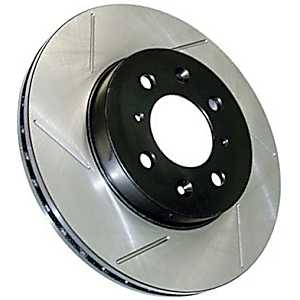 Centric
Centric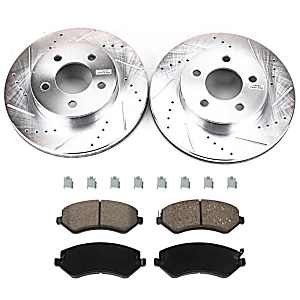 SureStop
SureStop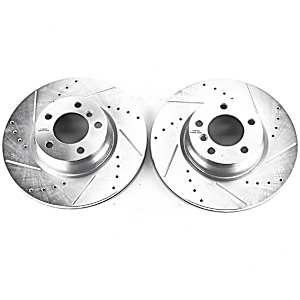 Powerstop
Powerstop







 Centric
Centric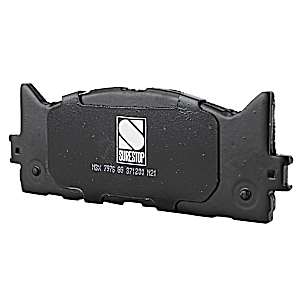 SureStop
SureStop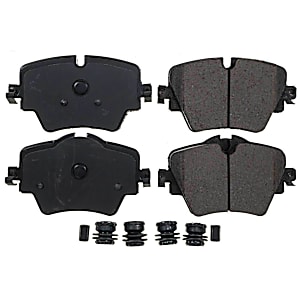 Powerstop
Powerstop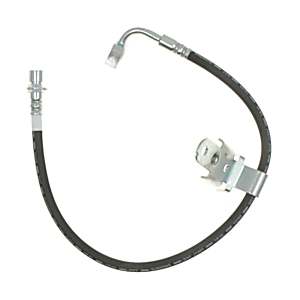 Raybestos
Raybestos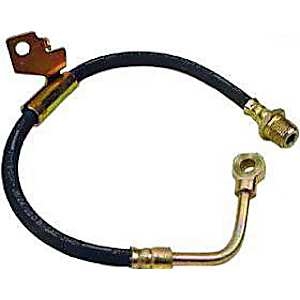 Centric
Centric Dorman
Dorman Raybestos
Raybestos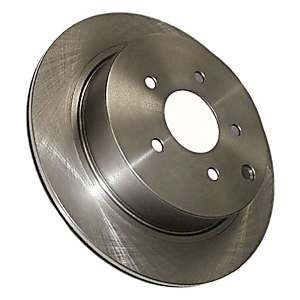 Centric
Centric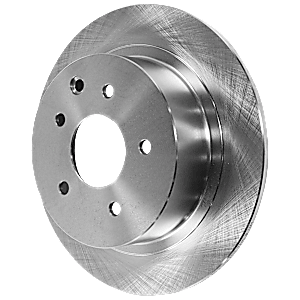 SureStop
SureStop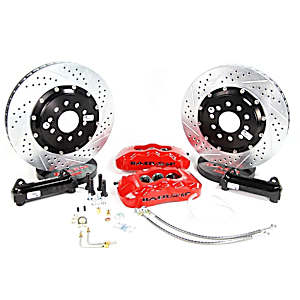 Baer Brakes Big Brake Kits
Baer Brakes Big Brake Kits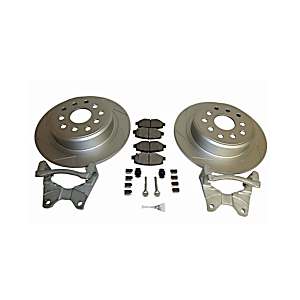 Crown Big Brake Kits
Crown Big Brake Kits















